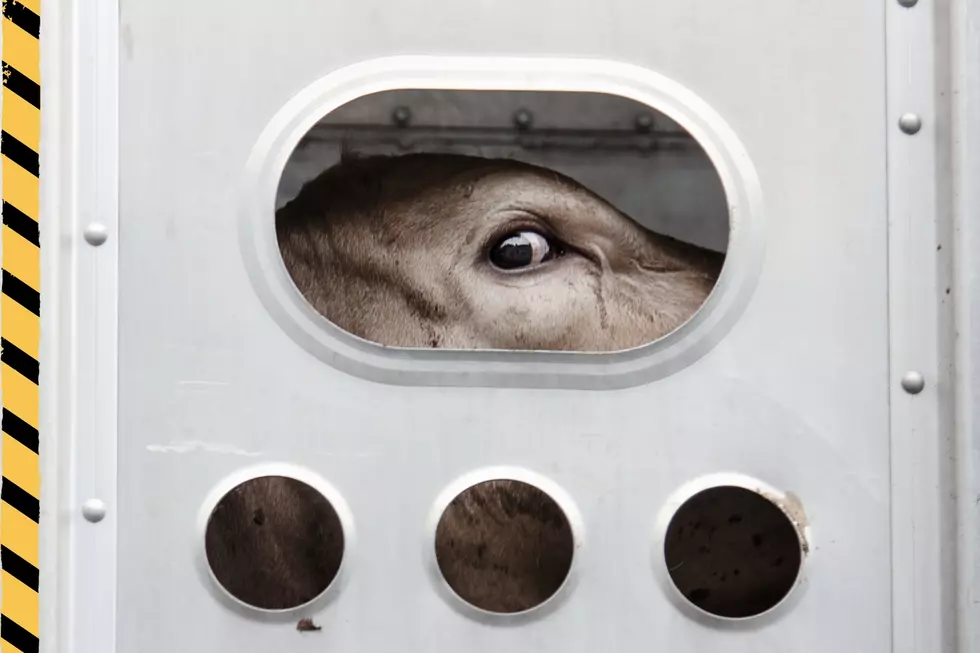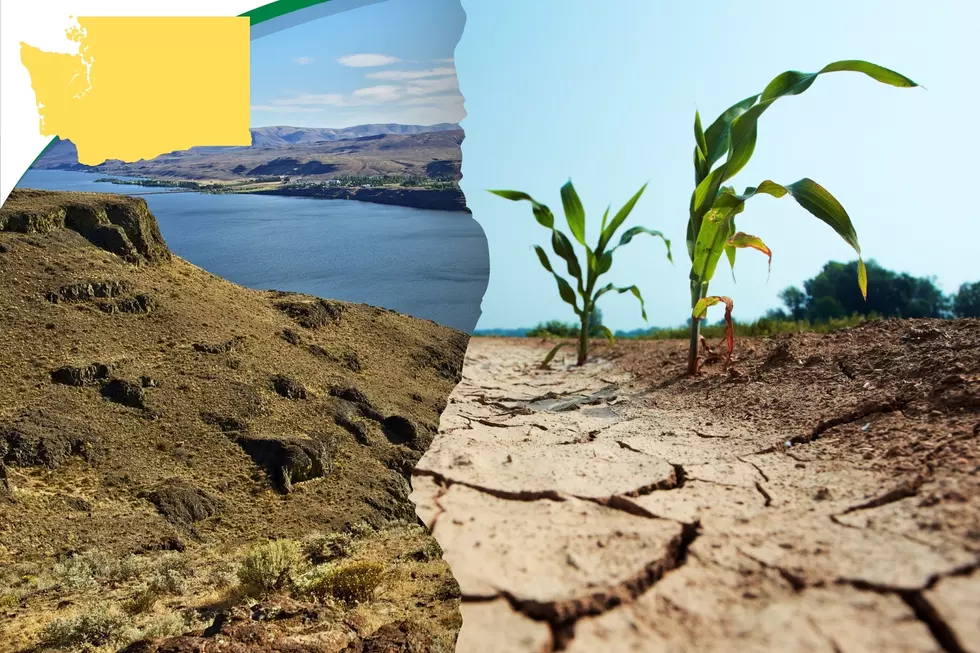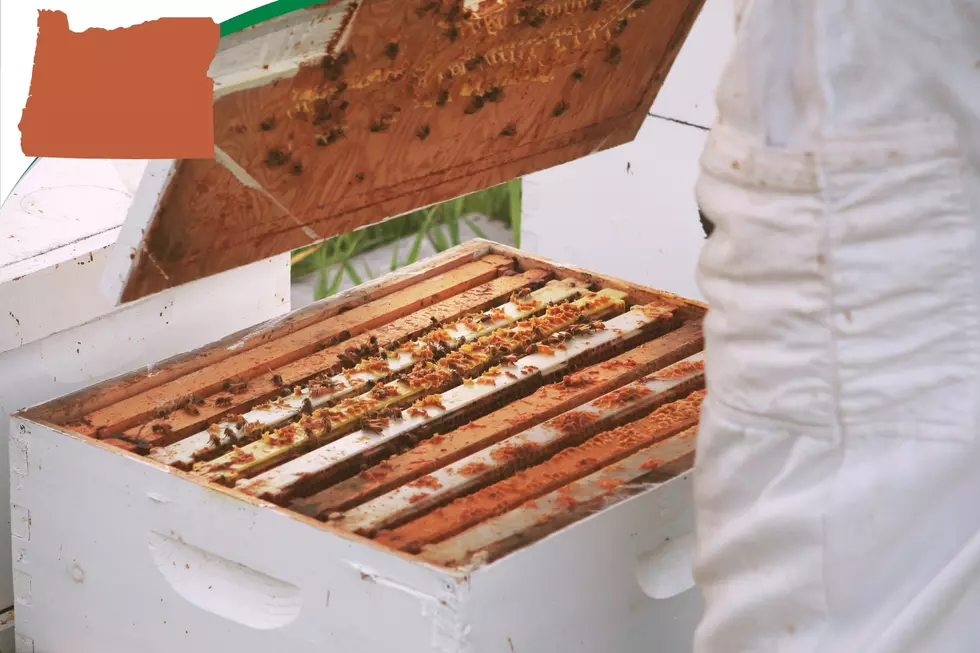
Root Rot and New Fungal Disease Threatens Young Christmas Trees
Rusty leaves might be a pretty picture for autumn deciduous trees, but for coniferous tree farms, it's a sign of disaster.
Young Christmas trees in Washington and Oregon suffering from disease outbreaks
In 2022 and 2023, separate fir farms in Washington and Oregon were struck by disease, resulting in rows of dead trees. The amount of afflicted trees caught Washington State University scientists off guard, and pose a threat to tree producers. Oregon is the top Christmas-tree producer, with Washington coming in at number six.
Dr. Christmas Tree is hard at work identifying the cause
WSU professor Gary Chastagner has worked with ornamental conifers for 46 years, and is known commonly as "Dr. Christmas Tree." Yet even he has been surprised by the recent disease outbreaks, which may include a newly discovered fungal species.
Two pathogens are at play here: Phytophthora root rot and Armillaria root disease
Phytophthora root rot is spread by water molds that thrive in wet conditions and are virtually impossible to remove from the soil. The root rot can shrink harvests by up to 75% as it spreads quickly, especially among noble and Fraser firs.
Less common is Armillaria root disease, caused by 11 different species of Armillaria fungi. These fungi work hard naturally in forests to kill and process defective and poorly grown trees. However during an infection, rhizomorphs of the fungus spread from diseased roots to colonize a neighboring healthy tree, destroying the roots or girdling the trunk.
“Armillaria pathogens have always been present in natural forests,” said Ned Klopfenstein, research plant pathologist with the USDA Forest Service’s Rocky Mountain Research Station and a WSU adjunct scientist. “A single Armillaria organism has been reported that is miles across and has been alive for thousands of years.”
Unusually, one farm being studied by WSU scientists features an unfamiliar Armillaria species to the Northwest forests. Chastagner commented, "We may be seeing the emergence of a species we haven’t seen before."
Disease presence is also surprising due to farm locations
What also has caught scientists and growers off guard is that the diseases are appearing on Christmas tree farms that have been removed from natural forests and growing for decades. Climate change may be to blame.
WSU research associate Marianne Elliott stated, "The droughts and heat dome of the past few years created moisture stress that can make trees more vulnerable to Armillaria."
Farms will continue to be surveyed by the WSU scientific team into 2024, with assistance from the Real Christmas Tree Board. The hope is that research can not only identify factors in the diseases, but find ways for growers to harvest successfully around them until a solution is found.
Washington's Top 10 Commodities
Gallery Credit: Danielle Kootman
LOOK: Strange, weird methods used to extend the life of Christmas trees
Gallery Credit: Mike Brant
More From PNW Ag Network









